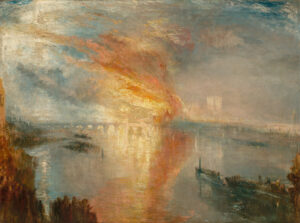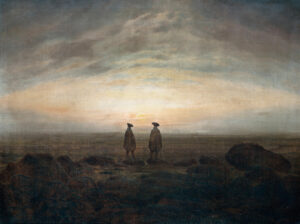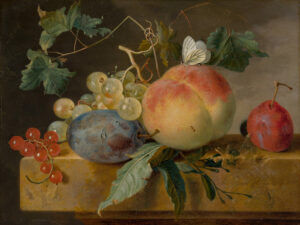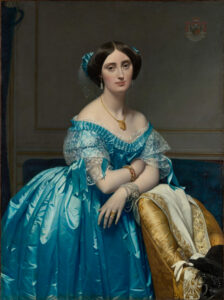
In this scene of intimate gallantry, Fragonard displays his complete mastery as both colorist and psychologist.
This young woman, captured in a fleeting moment, embodies the libertine spirit of the Enlightenment era. Her upward gaze, blending surprise with rapture, betrays the secrets of this correspondence that brings such rosy warmth to her cheeks. The artist orchestrates a chromatic symphony: pearlescent whites of her chemise shimmering against the golden browns of her bodice, while the carmine red of her garment ignites the entire composition. His remarkably free technique makes light dance sensuously across the rumpled fabrics. Fragonard demonstrates his mastery of chiaroscuro, drawing his protagonist from amber shadows with a theatricality worthy of Caravaggio. This work crystallizes the aristocratic art of living in the eighteenth century: refinement, heightened sensibility, and the pursuit of pleasure in the present moment.
Work Details
- The Letter, Jean-Honoré Fragonard, c. 1773-1776
- Oil on canvas, 36.4 × 27.5 cm (14 5/16 × 10 13/16 in.)
- The Clark Art Institute, Williamstown
- https://www.clarkart.edu/ArtPiece/Detail/The-Letter-(2)
Jean-Honoré Fragonard (1732-1806) stands as an emblematic figure of French Rococo painting, personifying the hedonistic refinement of the Ancien Régime. A pupil of Boucher and Prix de Rome winner, he developed a style of dazzling technical virtuosity, wielding his brush with a freedom that anticipated Romanticism. A master of gallant scenes and formal portraiture, he excelled in depicting feminine intimacy and aristocratic pleasures. Though his career collapsed with the Revolution, his influence endures throughout modern French painting.






